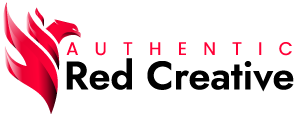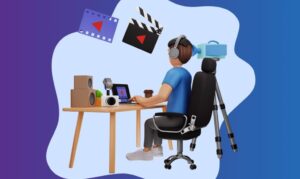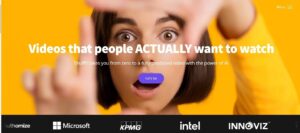Since the beginning of the era, social networks have been revolutionized by the changes in the algorithms of the main social networks, especially with the modifications carried out by Facebook, the social network with the largest number of registered accounts worldwide.
What is the EdgeRank algorithm?
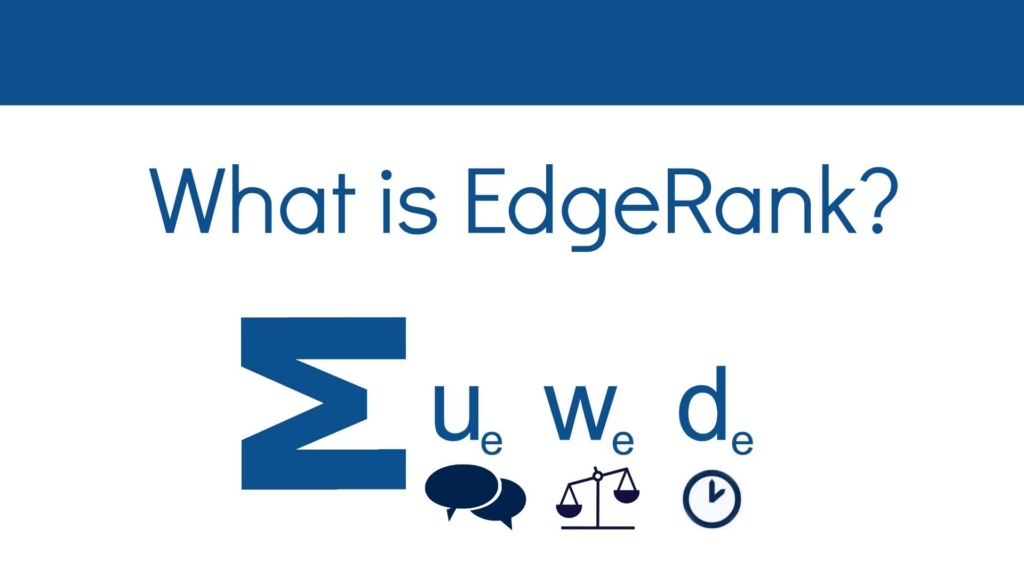
The EdgeRank is how the algorithm is known by means of which the social network Facebook decides which publications are displayed on the wall or the latest news section of the users. That is a set of mathematical operations with a multitude of variables that makes each user see in his wall publications that will be interesting for him.
Every action a user makes on Facebook is a story that may be relevant to other users. Comment a photo, react to a state, publish a video … Any action you take on Facebook is called by the social network itself as an Edge, and if you think about it coldly, it would be chaotic if in the latest news section absolutely all the interactions of your friends and the pages of which you are a fan. That’s why the EdgeRank algorithm exists.
How EdgeRank algorithm works?
As with all the EdgeRank algorithms of large digital services, their operation is unknown. However, it is known that the Edgerank depends fundamentally on 3 factors: Affinity, weight and time.
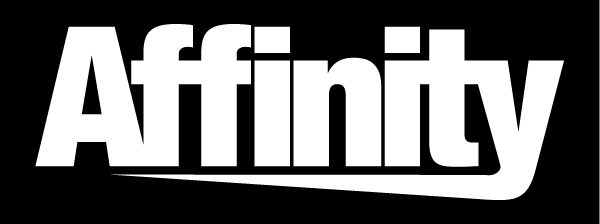
1.- Affinity
The affinity consists of the degree of interaction that exists between the user and the creator of the contents. It can be said that affinity measures closeness of the person to the brand. It is a verifiable fact since the greater the interaction there will be, by logic, a greater degree of affinity. If a user interacts daily with the content that you include on your company page on Facebook, by clicking on the “Like” button, commenting on them or sharing your messages, it is very likely that our updates will appear regularly on your news wall.
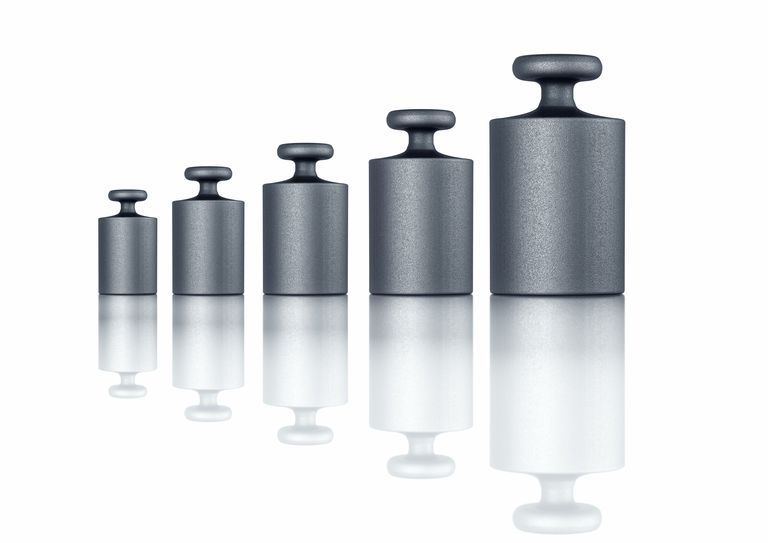
2.- Weight
The weight refers to the relevance of the content you publish. In this case, the value is set by Facebook, for which each type of publication has a certain value. Content in text format is not the same as another with images, videos or just a link. For example, images and videos have a greater weight than the rest.
However, this factor is altered by the associated actions that it may entail. Not all actions have the same value. According to some analyzes, sharing has a high weight, commenting has a medium-high weight, pressing a “Like” has a medium weight, and a link has a low weight.

3.- Time
This factor refers to the age of the publication. The longer the publication has, the lower its relevance. Facebook gives more value to the present and, therefore, always puts forward the latest published content, the most recent information.
The time factor forces a constant update if you want your content does not disappear in the wall of your followers. Successful Facebook brands publish content that causes the audience to react daily.
Putting these 3 factors together you should keep in mind the following if you want your content to be displayed on the walls of your users. Updates that contain videos or images since Facebook gives greater weight to this type of publications since they generate more interaction. Periodic publications to be always present in the walls of the followers.
Reply to comments
Stimulate the interaction of users with the publication. Remember that the more interaction, the more visibility. That’s why it’s interesting that each update has an implicit call to action.
The only sure way to attract attention and interaction is to write and publish quality content for your users to share.
As we said before, at the beginning of the era, Facebook has introduced a series of changes in the Edgerank to value quality content and penalize promotional publications. The ultimate target seems to be to pass through the box to those brands that are promoting their products and services for which Facebook wants its Facebook Ads system to be used.
What some brands see as negative is probably good for users who can enjoy higher value content.
The changes introduced by Facebook have reduced the exposure of organic updates on users’ walls. It is because the Facebook algorithm has been modified to:
- Detect and limit publications concerning sweepstakes and promotions.
- Discard updates that focus on asking the user to perform a subscription, registration or purchase action.
- Hide those updates that are not related to the usual contents of the page, promoting the coherence of the contents to be displayed.
- Penalize spam
These changes mean that if you want to share purely promotional content, you will have to invest in advertising since the organic scope will be much lower.
IN SUMMARY

By staying with the most important of what I wanted to share with you today, we can draw these three points:
- The EdgeRank is the algorithm of Facebook through which the social network decides what content to display in each timeline, always giving priority to the most interesting content for each user.
- The algorithm is secret, but factors such as the degree of affinity with the person or the page that makes the publications, the frequency of publication, the type of content and the volume of reactions generated make the EdgeRank higher or lower.
- Facebook already penalizes the publication of links or contents that are not relevant by measuring the time that users spend in it to put an end to publications like Clickbait.
If you notice, these practices are not only good for Facebook and its EdgeRank algorithm but are practices that benefit the users themselves.

